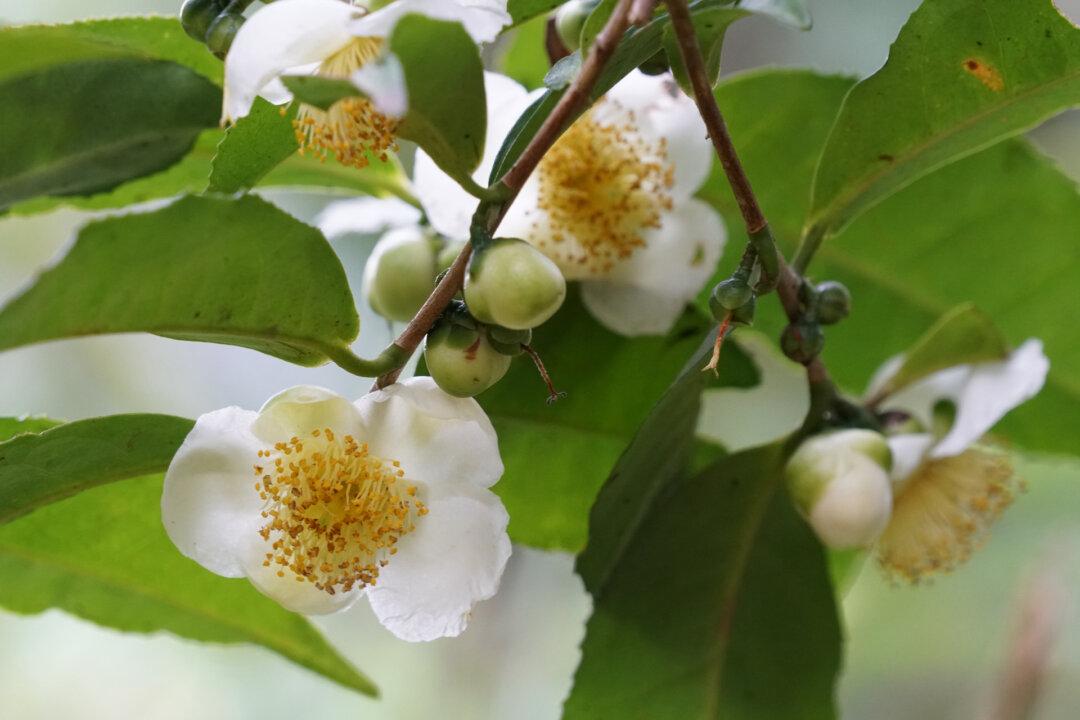One of the most popular beverages in the world, tea enhances physical health and well-being, while soothing the soul. Is there anything better than cuddling up with a cup of tea in front of a fireplace? Or the refreshing bliss of a cold glass of iced tea on a hot summer day? It has been used for centuries to build relationships and enhance meaningful conversation, up to and including a long history of international negotiations.
The hugely popular Camellia sinensis, the basis of what purists consider “true” teas, is traditionally associated with exotic locales. Yet this low-maintenance plant grows equally well in a backyard.





